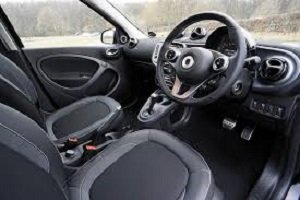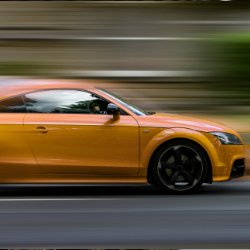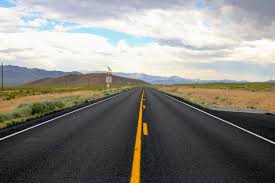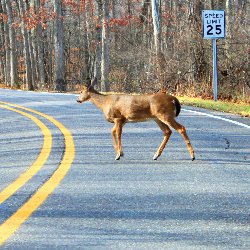Posted on 3/15/2018

Have you ever gotten a little too excited using your parking brake? At some point, most of us pull up just a little too hard and get our brake lever jammed. There are several situations that require a little extra braking power. Knowing when and how to use your brake will help you avoid sticky situations. When should I use my parking brake? If you drive a manual transmission you might use your emergency brake every time you park your vehicle. You might even be using it when you are driving! Those of us with automatics might only use our e-brakes when we are parked on a hill. In reality, you should use your parking brake all the time! When we park our vehicles it engages a device known as a parking pawl. This metal pin goes into a ring attached to the transmission. When in park, this pawl prevents the shaft in your transmission from turning. Parking pawls can break causing your vehicle to roll away. A parking brake is an added safeguard which can prevent your vehicl ... read more
Posted on 12/28/2017

Let's talk about automotive performance. This term means a lot of things to a lot of people... from better handling, more speed, more off-road or track capability or even better fuel economy. For the purposes of this list, performance means one thing; getting where you are going sooner. Consider the following top pick performance upgrades if you want to put more power to the ground: Cold-air Intake - Factory air boxes are restrictive and are usually more about packaging under the hood than feeding your engine much-needed air. A less restrictive intake is an instant power adder. Bigger Throttle-body - The intake feeds the throttle body, the modern equivalent of the carburetor. The more air and fuel you can stuff into the engine the more power you can make. A higher CFM throttle-body allows more air to pass through your engine. Forced Induction - Turbos and Superchargers essentially have the same purpose; to stuff more air into yo ... read more
Posted on 11/30/2017
It used to be as common as falling leaves in autumn for people to work on their own cars. And while this red-blooded American pastime has not completely disappeared from our world, the expense and complexity of newer cars make some repairs best left to the professionals. Here is a quick list of, "Don't try this at home"' auto repairs:1. Check Engine Diagnostics - With everyone from big box parts stores to smartphone app developers making it possible to talk to the computer in your car, many drivers think they can deal with a check engine light themselves. Here's the problem: many check engine codes are vague and require more sophisticated equipment to really get to the bottom of the story. And please don't just turn the light off thinking you will fix the problem. This is like trying to cure a heart attack by unplugging the EKG. Let the pros read the codes, apply their educated ability to decipher the codes and get the root cause of the problem cured.2. Tir ... read more
Posted on 11/9/2017

Few things typify the holidays like hitting the road to share the magic of the season with family and friends. But with the road choked with other drivers, winter weather hazards, and long empty stretches of sleepy asphalt, a holiday road trip can quickly turn ugly. Keep the joy meter pegged by taking a few precautions to prepare for your trip. 1. Get Your Pre-drive ZZZZZs - Drowsy driving is a largely unheralded hazard, taking a back seat to more socially active no-no's like texting and drinking while driving. A sleepy driver is a gigantic hazard to themselves, passengers and everyone on the road. Make sure you are well rested for the drive and you will find the trip much safer and more enjoyable. 2. Secure the Figgie Pudding - In the event of a collision, packages, food, electronics and other holiday items become airborne hazards and can cause significant harm to passengers. Ensure everything you carry to grandma's house is secured, preferably in the trunk or b ... read more
Posted on 10/26/2017

North American roads cover millions of miles of landscape through habitats that vary from desert and grassland to mountain or forest and everything in-between. While we enjoy the freedom of the open road, we are nearly always crossing through the homes of wild creatures which may venture out on the road at the worst time possible. Follow these tips to avoid a collision with our natural neighbors. 1. Pay Attention - It may seem like the most basic of instructions, but in our tech-crazy world too often we are looking at things other than the road. Don't let a quiet highway lull you into a sense of false security. An animal can wander onto the road at any moment. Keep your eyes alert and watch for movement. When driving between stands of trees or crops like corn, note an animal entering the road may seem to appear out of nowhere, with very little warning. 2. Improve Your Night Sight - Make sure your windshield is clean and clear, especially when night driving. Use ... read more